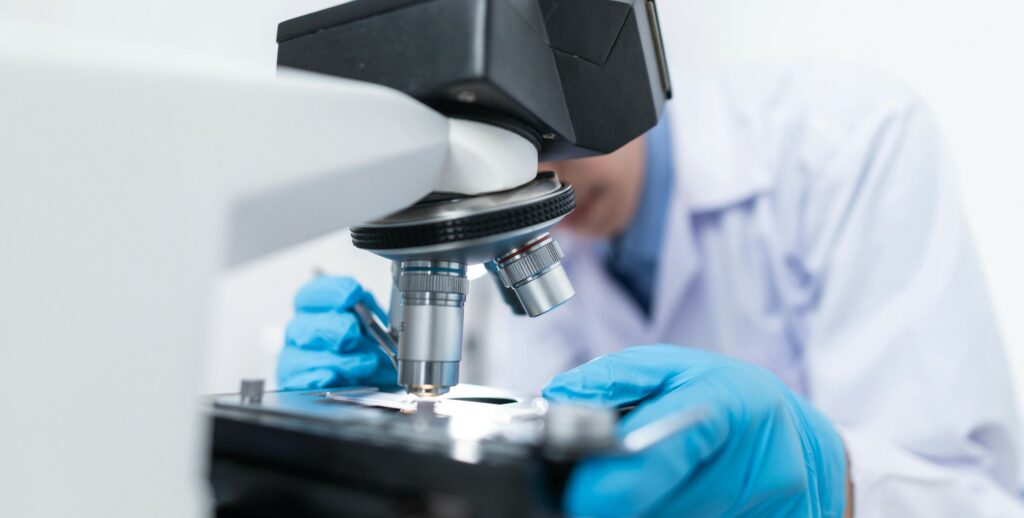An STI, or sexually transmitted infection, is an illness that can spread from one person to another during sexual contact. Learning about the most common STIs in Australia is critical to understanding how to prevent them and maintain good sexual and public health.
STIs can harm public health in Australia because they can cause significant health complications when left untreated. Such complications range from conditions like pelvic inflammatory disease to infertility. About one in six Australians contract an STI throughout their lifetime, and 124,00 cases were detected in 2020 alone.
As Australian STI rates increase, infections will become more widely spread. This could result in an increase in deaths and a decrease in fertility rates. Keeping track of common STIs can protect the public by increasing social awareness about their consequences.
Below are three of the most common STIs in Australia.
1. Chlamydia
Chlamydia is one of the most prevalent STIs in Australia.
Between 2015 and 2017, the notification rate for Chlamydia in Australia increased by 13%. Chlamydia is the most commonly transmitted STI among people between the ages of 20 and 29. According to the Academy of Forensic Pathology, Chlamydia is less common among adults aged 30 and up, potentially due to decreased sexual partners.
The CDC states that about 75% of women and 50% of men do not display any symptoms associated with Chlamydia. Unfortunately, this makes its spread even more common since people without symptoms may not elect to get tested. When symptoms of Chlamydia are apparent, they may include:
- Vaginal or penile discharge
- Itching in the genital area
- Pelvic or testicular pain
- Pain during sex
- Pain during urination
- Bleeding between periods
The impact of Chlamydia on public health is significant. When transmitted, especially when symptoms are not present, infertility is possible. Further, infection is linked to complications during pregnancy, and the baby may contract Chlamydia during birth.
Regular STI testing and practicing safe sex may reduce a person’s chances of getting Chlamydia. If a person tests positive, they can take antibiotics to cure their condition.
2. Gonorrhoea
The second most common STI in Australia is Gonorrhoea, caused by a bacterium called Neisseria gonorrhoeae. This bacterium infects the reproductive tract’s mucous membranes, leading to symptoms such as:
- Vaginal or penile discharge
- Discomfort during urination
- Irregular vaginal bleeding
- Penile inflammation
- Anal discharge
However, Gonorrhoea may now show any symptoms. A lack of symptoms is not correlated to decreased health complications, as the infection may still lead to serious health problems like infertility, an increased risk of contracting HIV, and birth complications.
When left untreated, Gonorrhoea may lead to more serious health complications like a potentially life-threatening condition called disseminated gonococcal infection, which occurs when the infection spreads to the blood.
The spread of Gonorrhoea can negatively impact public health, especially as Gonorrhoea becomes resistant to antibiotics. Antibiotic-resistant Gonorrhoea could rapidly spread throughout the population, thus leading to a higher incidence of disease and complication rates.
Gonorrhoea is more commonly diagnosed in men, with a prevalence of about 174 cases per 100,000 people, compared to women, with 62 cases per 100,000 people. Further, those between the ages of 25 and 29 are most likely to contract Gonorrhoea compared to other age groups.
Regular STI testing and safe sex, such as condom use, can decrease the spread of Gonorrhoea.
3. Genital Herpes
One of the most well-known STIs across the world comes from the Herpes Simplex Virus. There are two types of herpes simplex viruses: HSV I and HSV II.
HSV I is mainly transmitted by oral-to-oral contact and causes painful sores around the mouth. HSV I can also be transmitted to the genital area through oral sex.
On the other hand, HSV II is almost exclusively transmitted through sexual activity. HSV II causes genital sores that can erupt at different times throughout the life of the infected person. HSV II is most often the cause of Genital Herpes.
Genital Herpes currently has no cure. While there are medications that can help manage symptoms, the virus will live in the body of the infected person for the rest of their life. Even with medication, infected people can still experience regular outbreaks of sores.
Symptoms of a Genital Herpes outbreak can include:
- Genital itching and tingling
- The formation of genital and anal ulcers or blisters
- Painful urination
- Irritated, swollen, and tender groin area
More severe cases of Genital Herpes may cause flu-like symptoms as well.
Episodes typically last between seven to ten days, but severe cases can last up to three weeks.
Because there is no cure for the virus, researchers are interested in developing a vaccination that can reduce its incidence. However, without prevention measures, HSV 2 can spread easily throughout Australia. By getting tested for the Herpes Simplex Virus and partaking in safe sex measures, the prevalence of genital herpes may decrease.
Prevent the spread of STIs in Australia
Sexually transmitted infections spread quickly and easily, while the ramifications on personal and public health are long-lasting.
For people who have multiple sexual partners, who have had a new sexual partner, or who regularly participate in casual sex, it may be beneficial to schedule wellness checks multiple times a year.
Because STIs may not display any symptoms, even if you don’t believe you could test positive for an STI, it could benefit you to proceed with a sexual wellness appointment. By practicing safe, protected sex and scheduling sexual health checks, you can protect yourself from contracting or spreading an STI.





